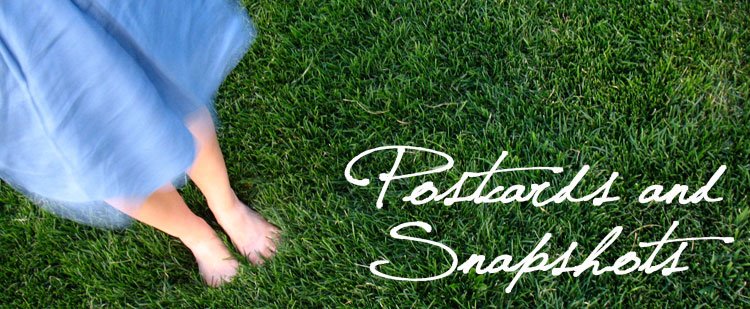The wall surrounding Poblet, with a beautiful old wooden door.
The same day we visited Montblanc, we also went to the nearby Monasterio de Poblet, founded in 1151. This is an amazing monastery that was functional for centuries, abandoned in 1835 and restored again in the 1940's. The monastery still has Cistercian monks living there.
Felipe and I had been here one other time together, for the wedding of his friend Enric, but that day did not have time to tour the monastery. (Below is a picture of the main basilica from our previous trip)
The inside was just as beautiful as the outside. We started our tour closer to the living quarters, by the cloister.
This is a large fountain that was used by the monks after working in the fields to wash their hands before eating.
The stone had such an amazing color.
Here is a photo of the dining hall, still used by the monks today. They used to be an entirely silent order - not speaking at all except for during the church service.
Here is a picture of the window in the Capitulary room, you can see in the window the small coat of arms for Poblet (I am fairly sure this is correct, but cannot verify that it is not the specific coat of arms for a specific king - with the red and yellow stripes below a PO).
This is the room where the monks would come to read passages every day, and where many of the Abbots were buried.
Shortly after that we went into the main Basilica, where the guide told us about how many of the Kings of Aragon were interred in a Pantheon there. Tragically, when the monastery was abandoned over a hundred years ago, the remains of the kings and queens were disturbed by people looking for valuables. When people returned to the monastery to open it once again, the remains of the kings and queens were found strewn about the floor, mixed.
A picture of the high alter
Here you can see the tomb of the king and queen, him with a lion at his feet to symbolize his position as king, and her with a dog at her feet to symbolize fidelity.
We visited as well the dormitory that was used up until 40 years ago, and another room where the monks made wine from the vineyards that they tended in and around the monastery. The tour was wonderful and really gave a fascinating and unique look into such a rich part of history for the area. They have public tours many times through out the day, in both Spanish and Catalan. They also have rooms available for men only to stay in for short periods of time (2 days up to one or two weeks) for the purpose of spiritual rest and replenishment.
+4-09.jpg)

No comments:
Post a Comment